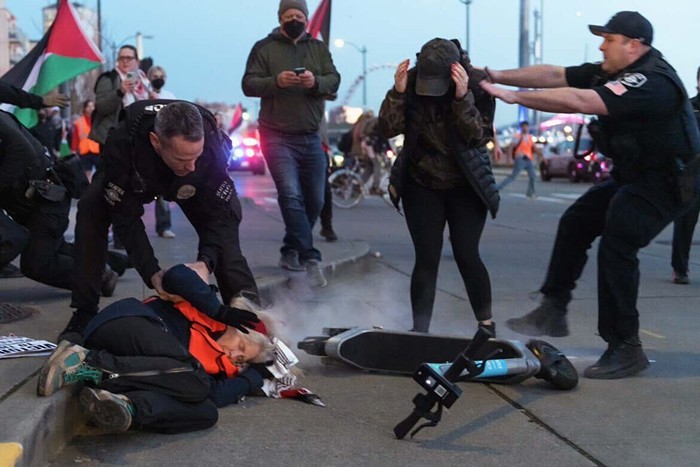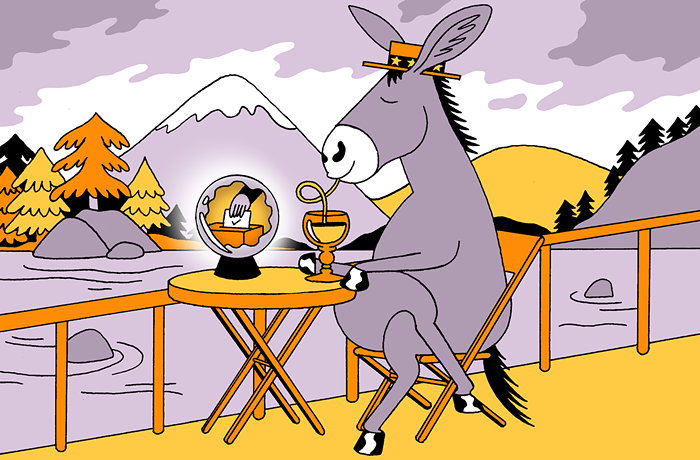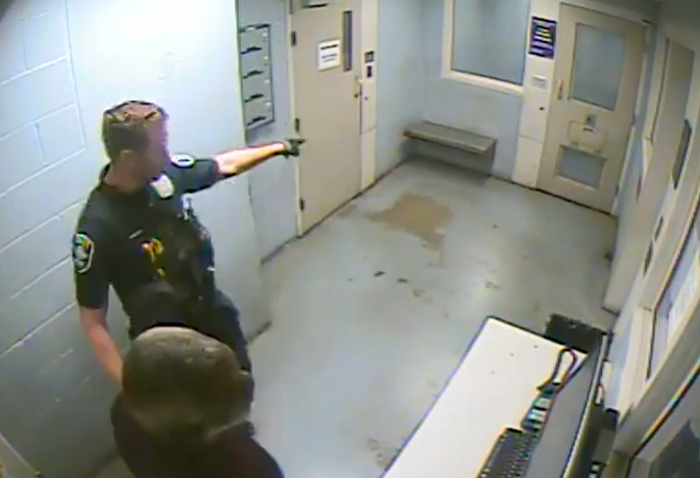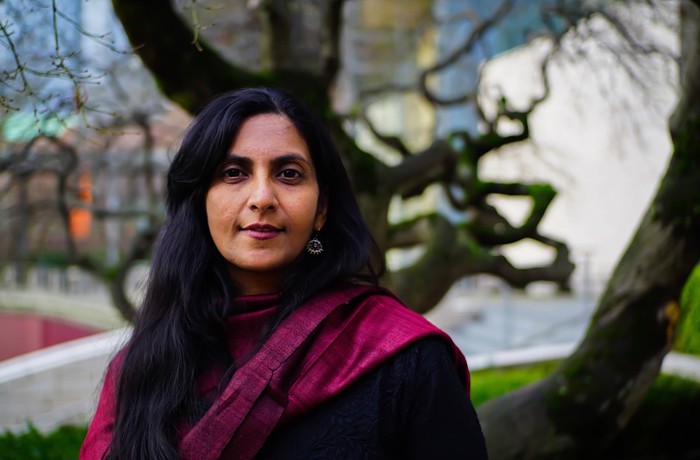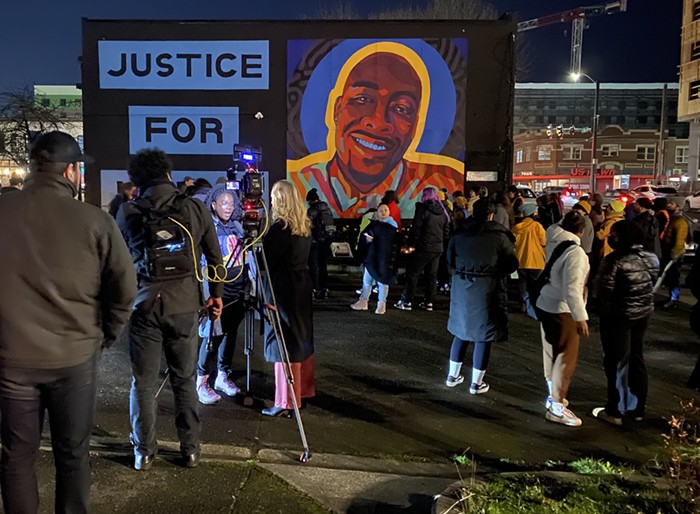However, photographs appeared to show a race riot. For example, it's hard to forget the Seattle Post-Intelligencer's February 28 front page photo, where six black youths attacked a white man with a ponytail. Meanwhile, the TV news was careful to avoid racial terminology while airing similar scenes of groups of black youths turning on cowering, solitary whites.
What is striking about these pictures is their resemblance to file photos of clashes over school desegregation in the South--the solitary victim, the seething rage, the laughter welling up into rabid hate in the attackers' faces. The expressions are the same, only the races of the subjects in Pioneer Square are reversed.
The media's denial of the obvious racial component of its own pictures could not prevent Seattleites from doing the math. Talk radio soon bristled with indignant calls that muted the racial subtext far less, prompting James Kelly, president of the Urban League of Metropolitan Seattle, to release a statement insisting that obviously "blacks were as appalled" as anyone else, and claiming that "all races, all genders" were both victims and perpetrators. Pointing to the 16 violence-related arrests from Fat Tuesday, which included eight whites and six blacks, the SPD has happily seconded the notion that the Mardi Gras attacks were not racial. Please. Given the mass mayhem that night, the only thing the 16 arrests tell us is that the cops didn't do anything.
And where is the evidence that the mob violence against individuals was equal-opportunity? If one reported incident of white teens taunting their black peers is true, doesn't this only add to the racial dimensions of the night in question?
Our police department's stance at the edge of the crowd, failing to respond to these assaults, mirrors politicians' own fear of the language needed to discuss racial tension. Mayor Schell simply calls the riots "curious" with a "meaner edge." Police Chief Gil Kerlikowske says he's never seen anything like it. Are these two white men, terrified by black-on-white violence, simply afraid to name it?
If this was a blast of (black) teen anger against an uncaring (white) world, would healing not come easier from a frank willingness to talk about social inequity? And, as teachers in the trenches suggest, maybe we should spend less money on frivolous capital projects and more money on early reading, day care, and job placement programs.
On one hand, the suspension of Mardi Gras is no great loss. In recent years, the Pioneer Square crowd consisted of suburban tourists, failing to respect the neighborhood, its low-income residents, and one another. But our uncivil economy demands a safety valve now more than ever. Retreating from large-scale celebrations, even those as undignified as Mardi Gras, is a vote of no confidence in the public and will only serve to compound the alienation that led to this tragedy. Furthermore, simply canceling the event and ignoring the racial element is typical Seattle (and dangerous): Let's just sweep our problems under the rug.
As is nearly always the case, the larger processes of history came to bear down tragically on the friends, family, and person of an evidently decent individual, who is dead. This should give us pause, not stop us cold.
